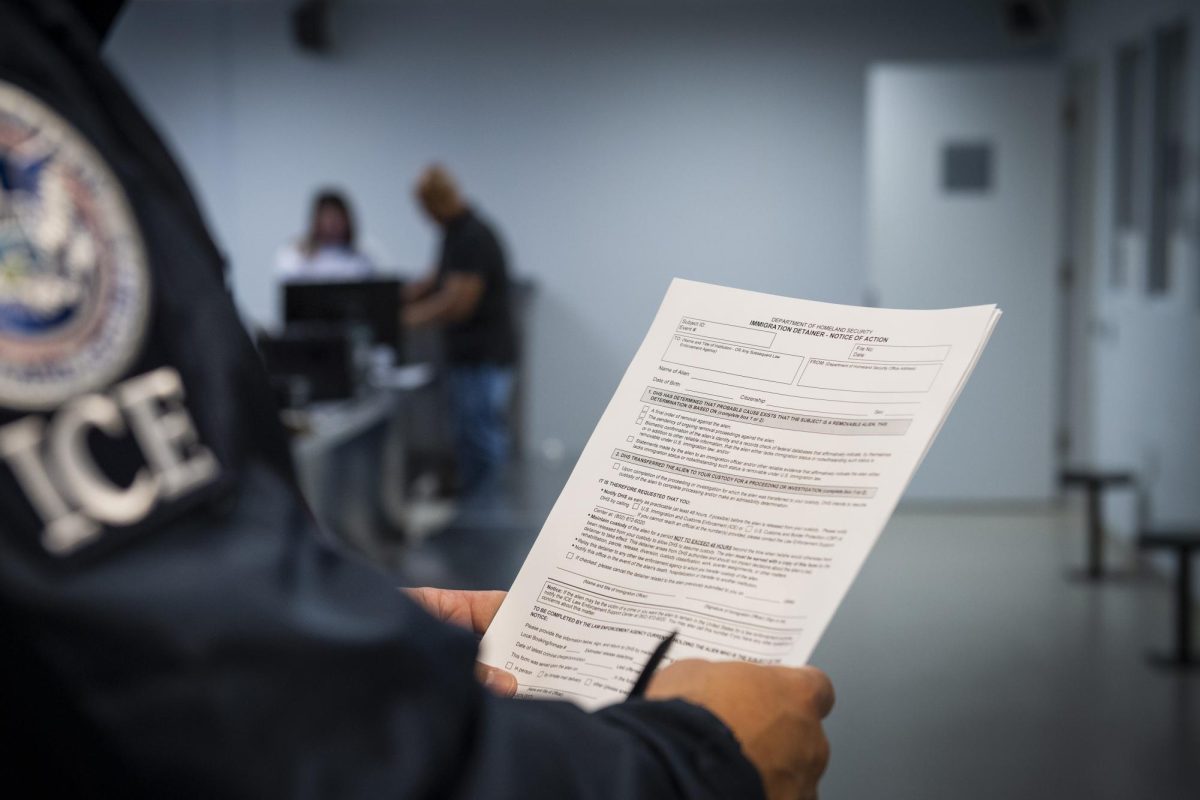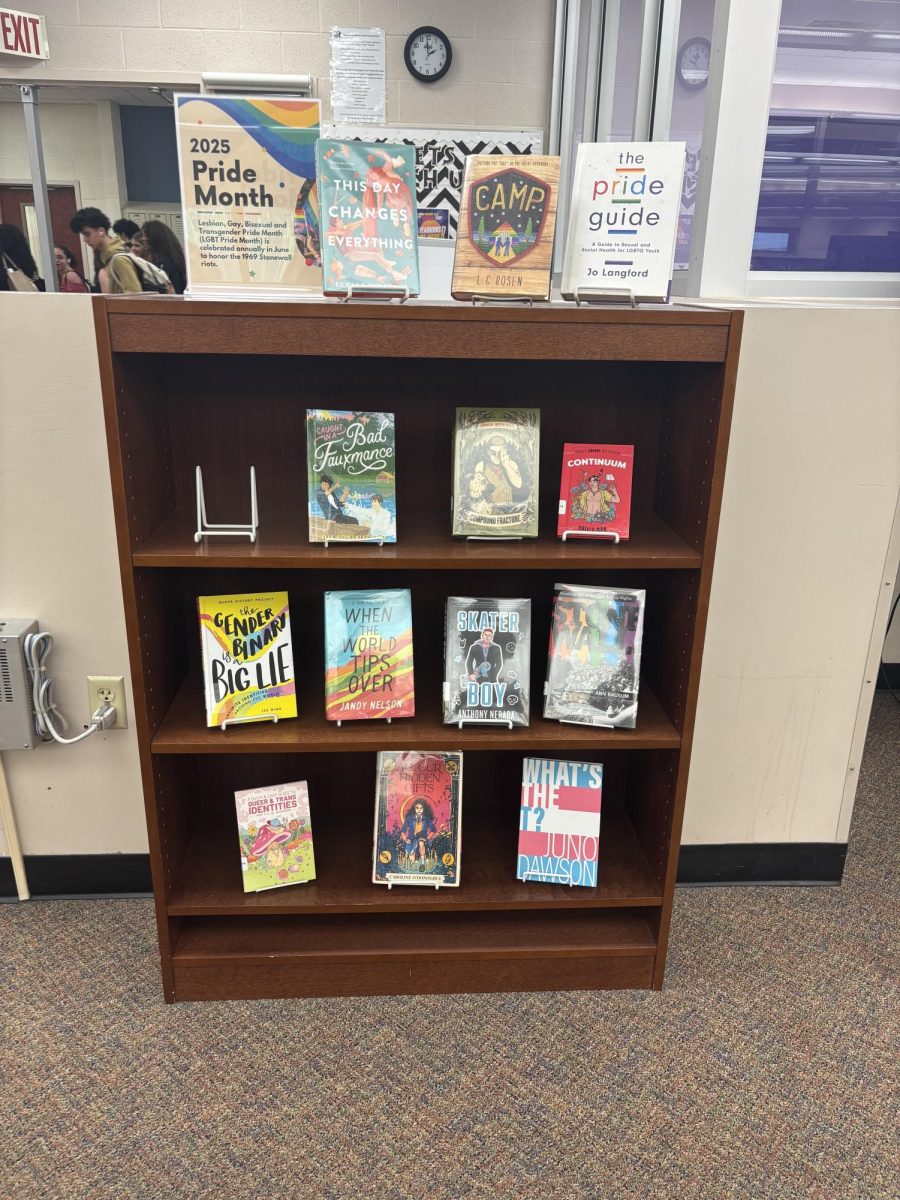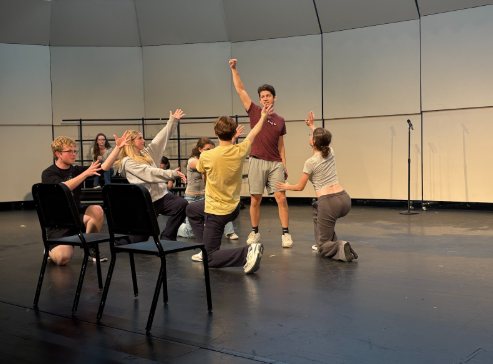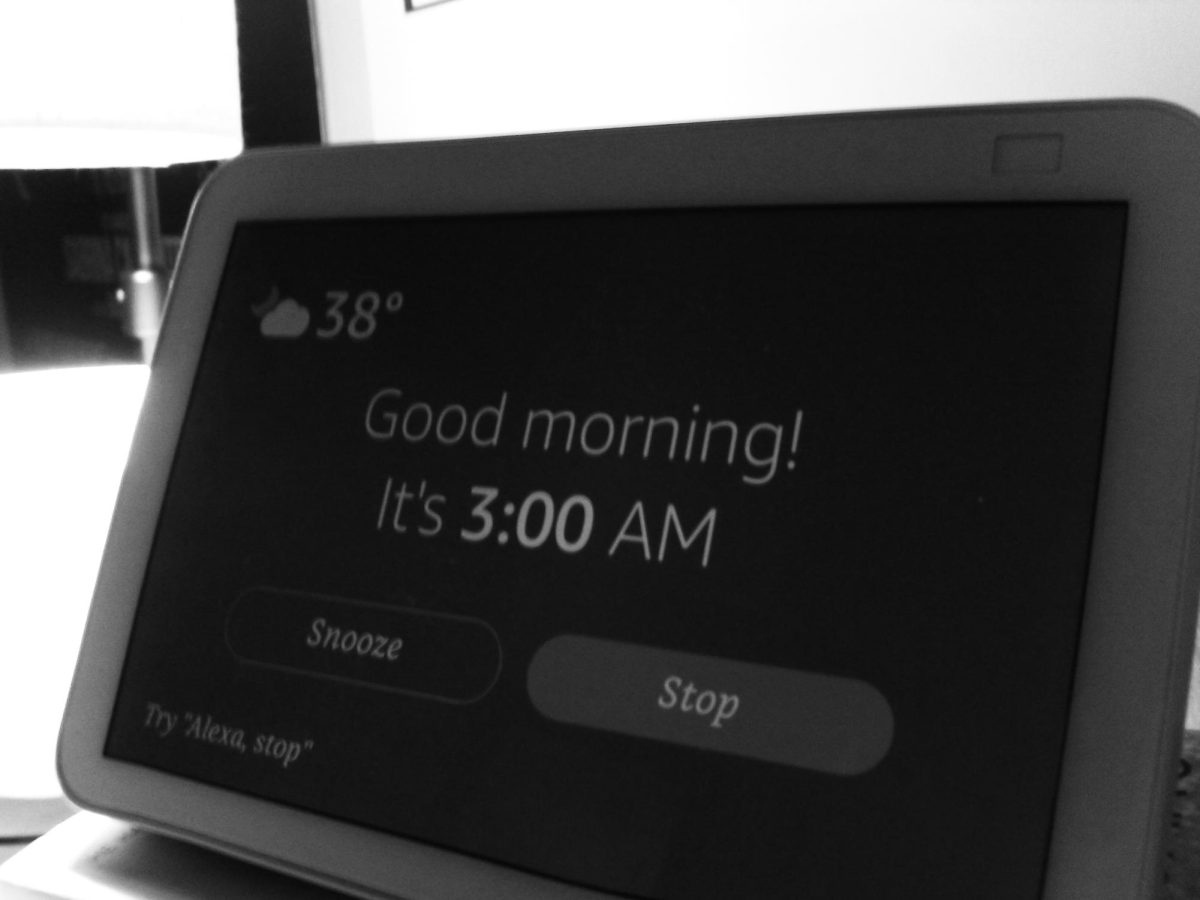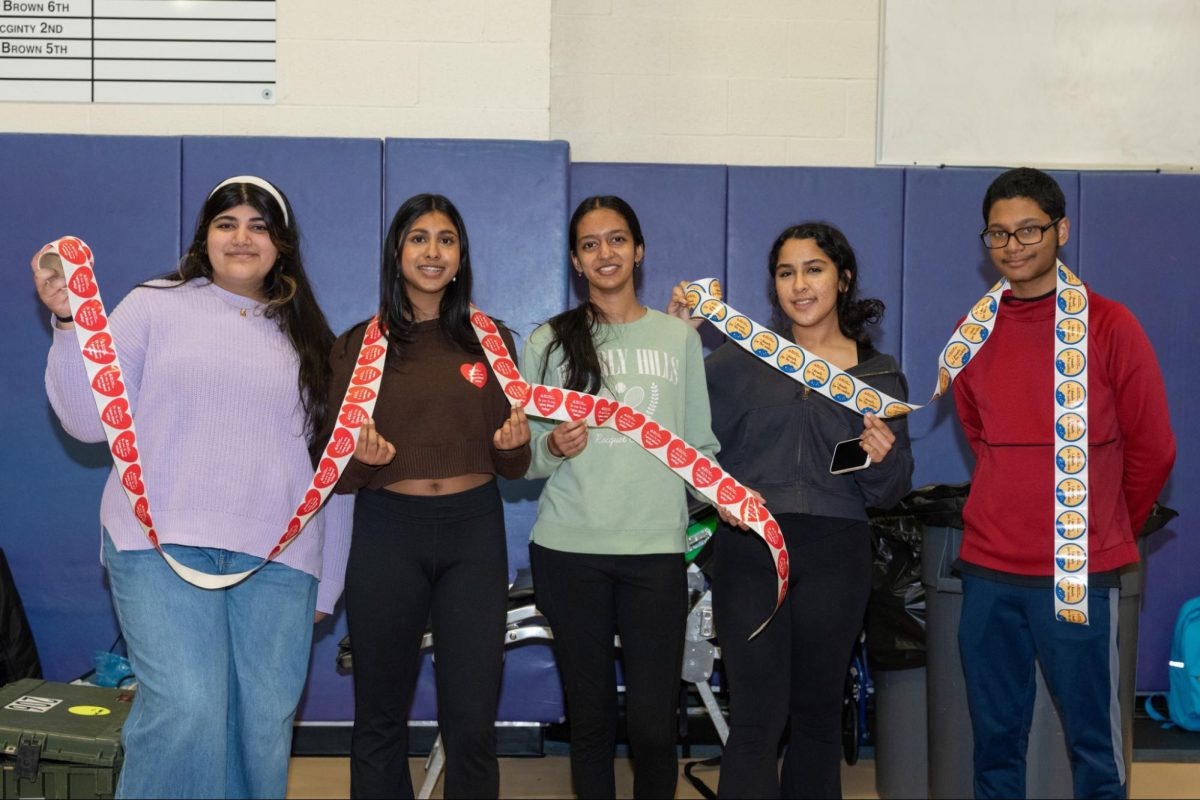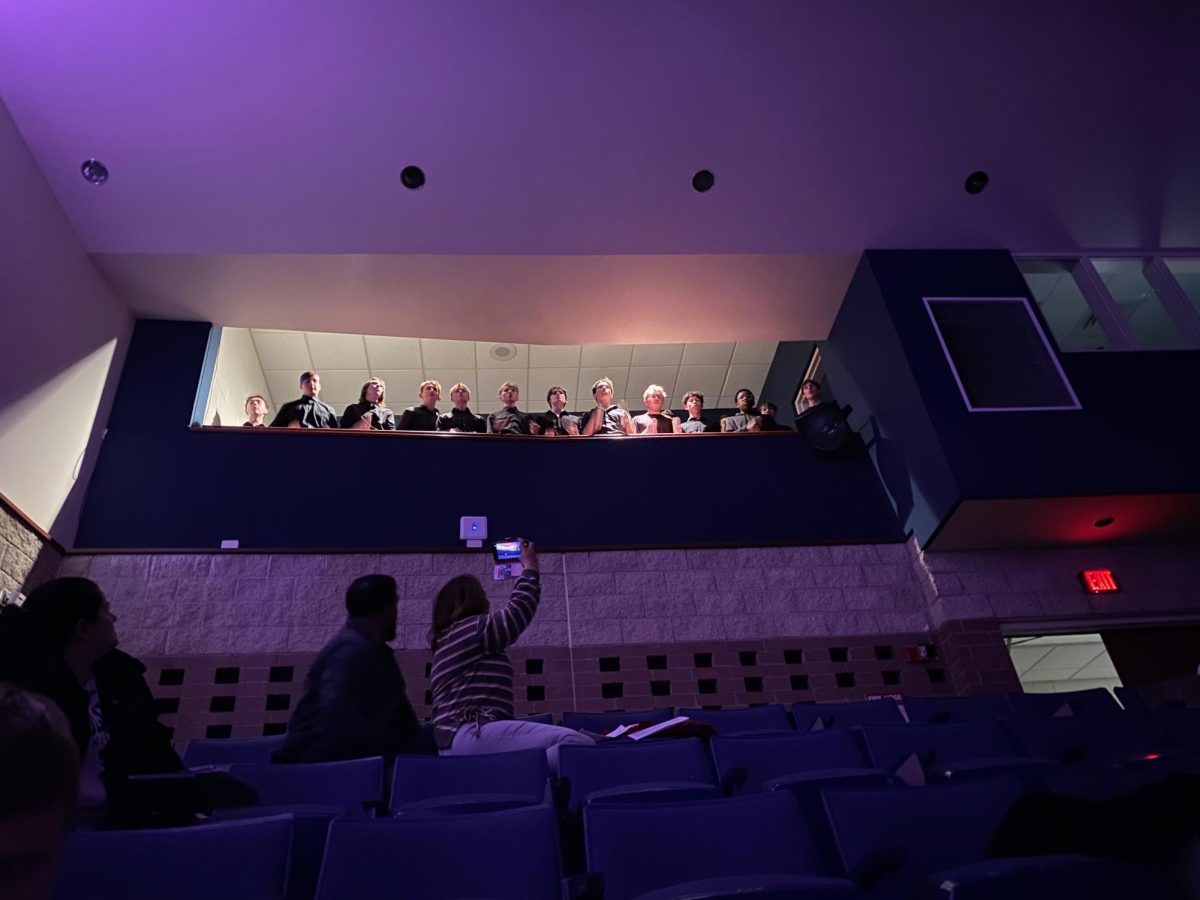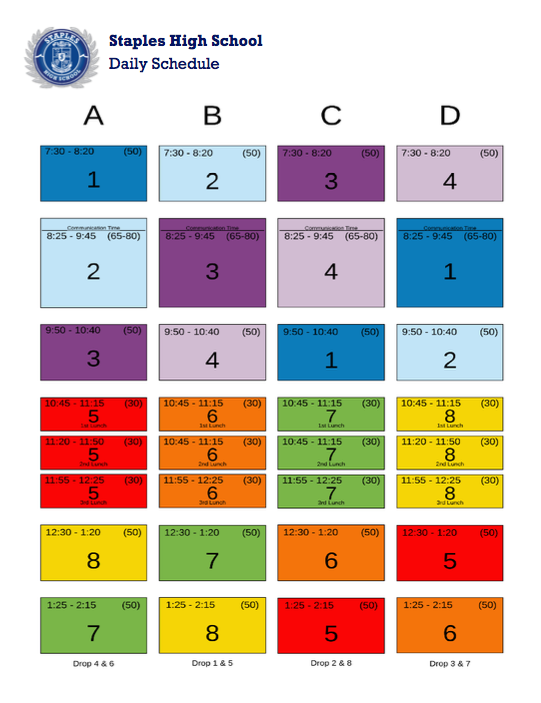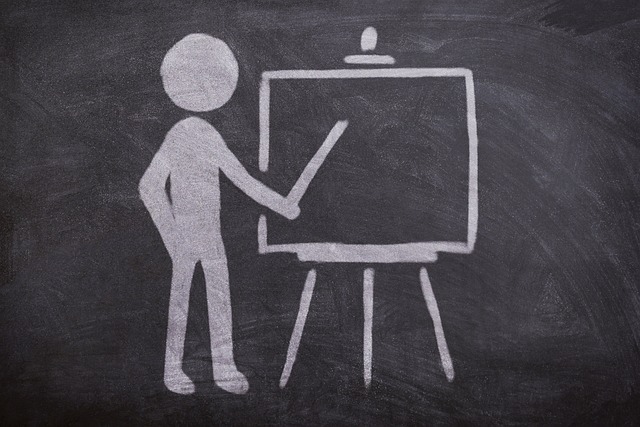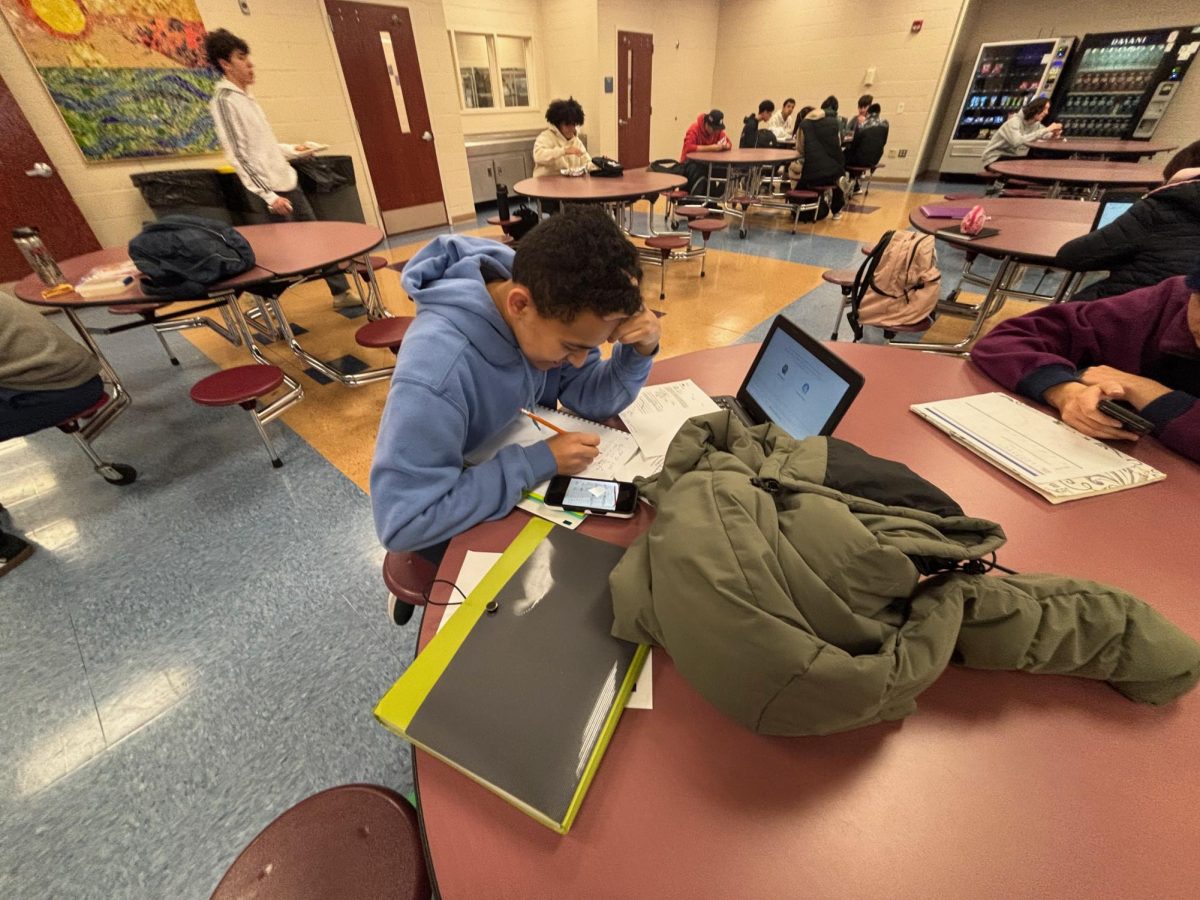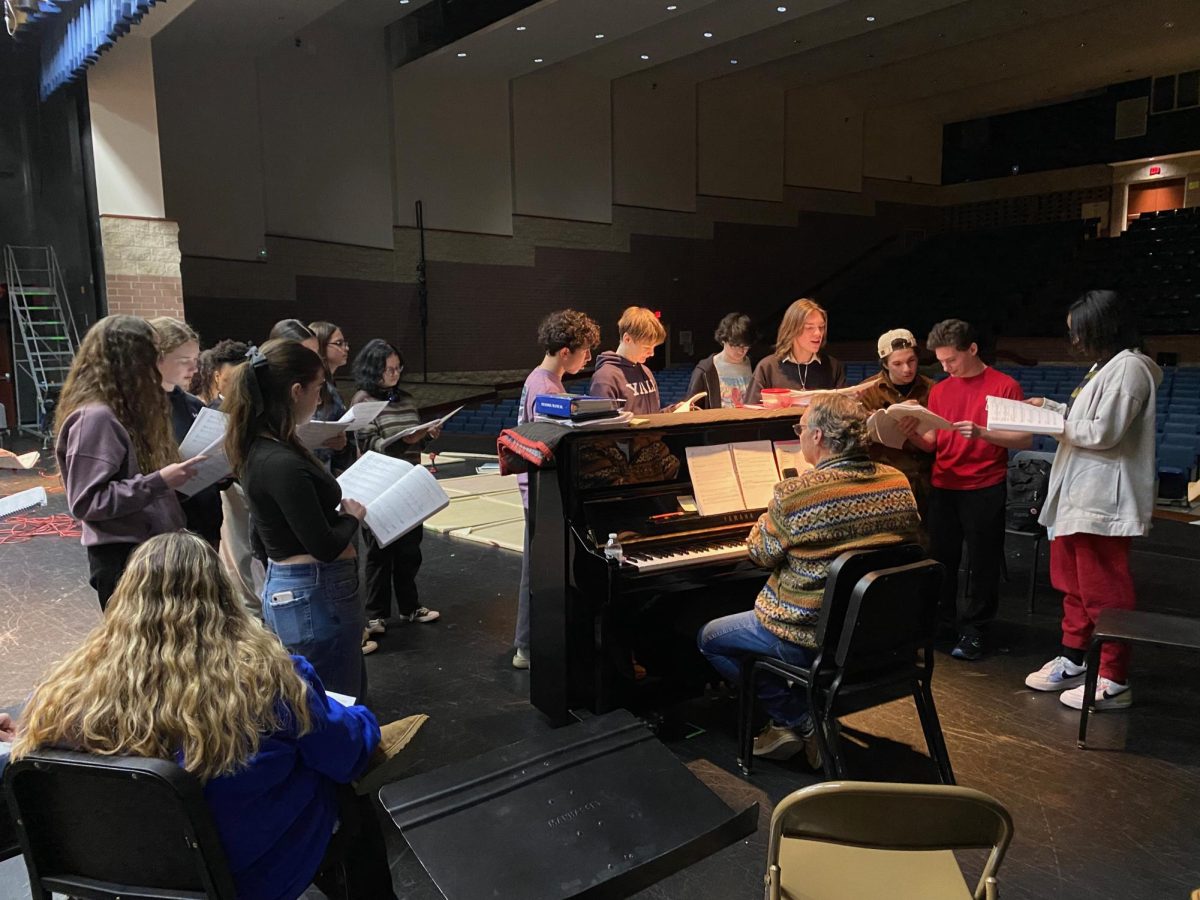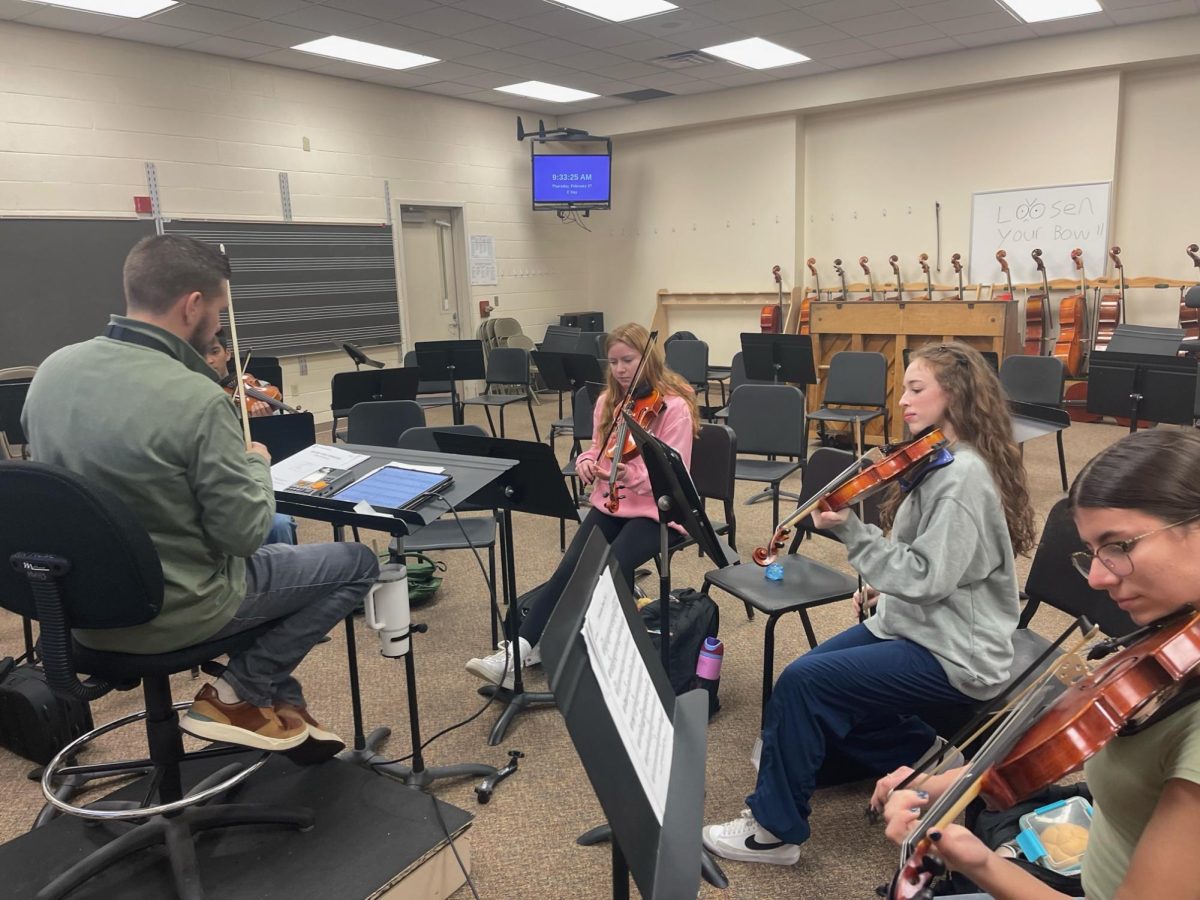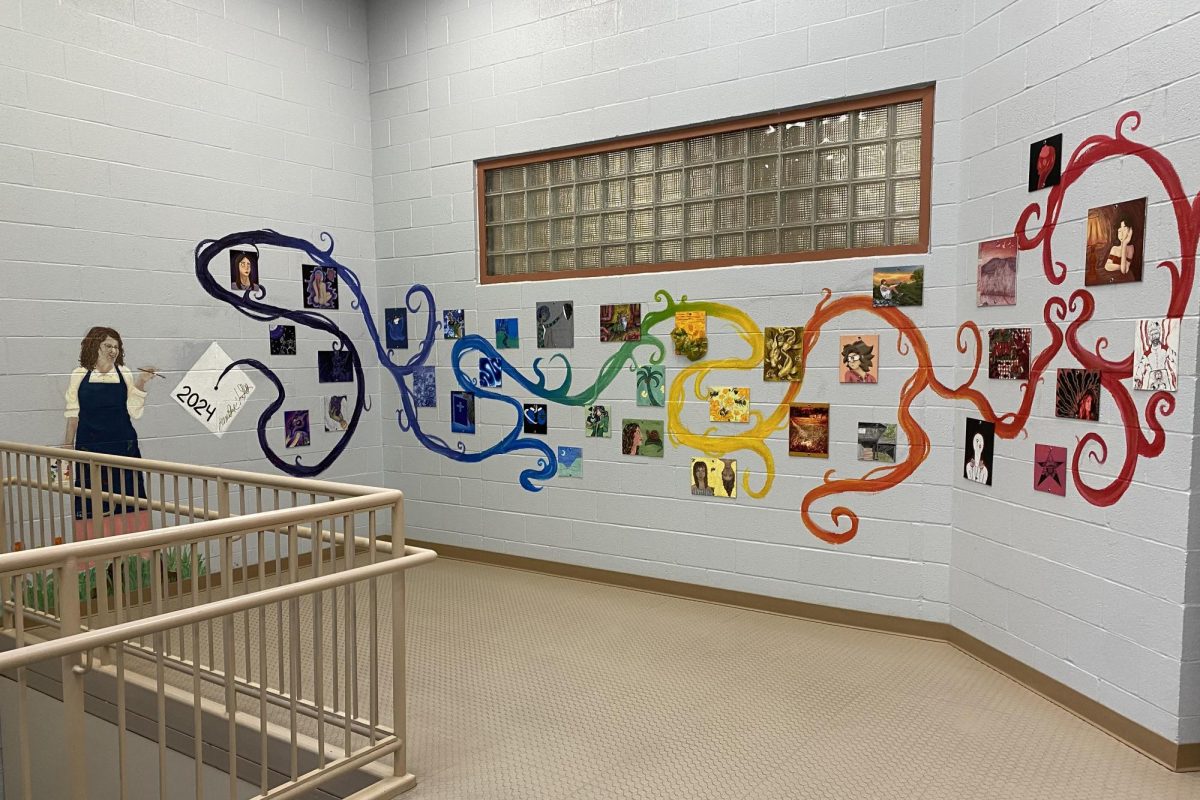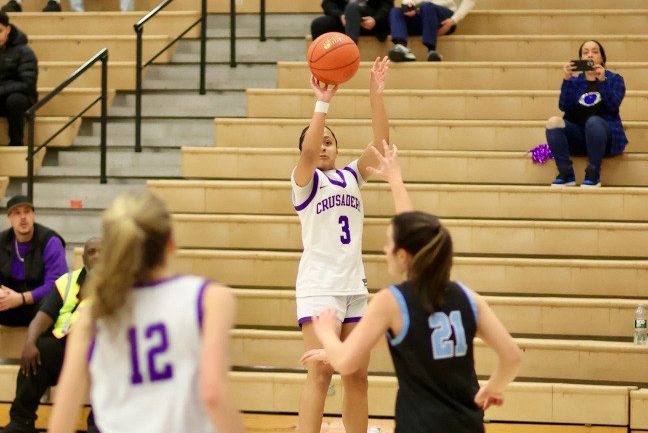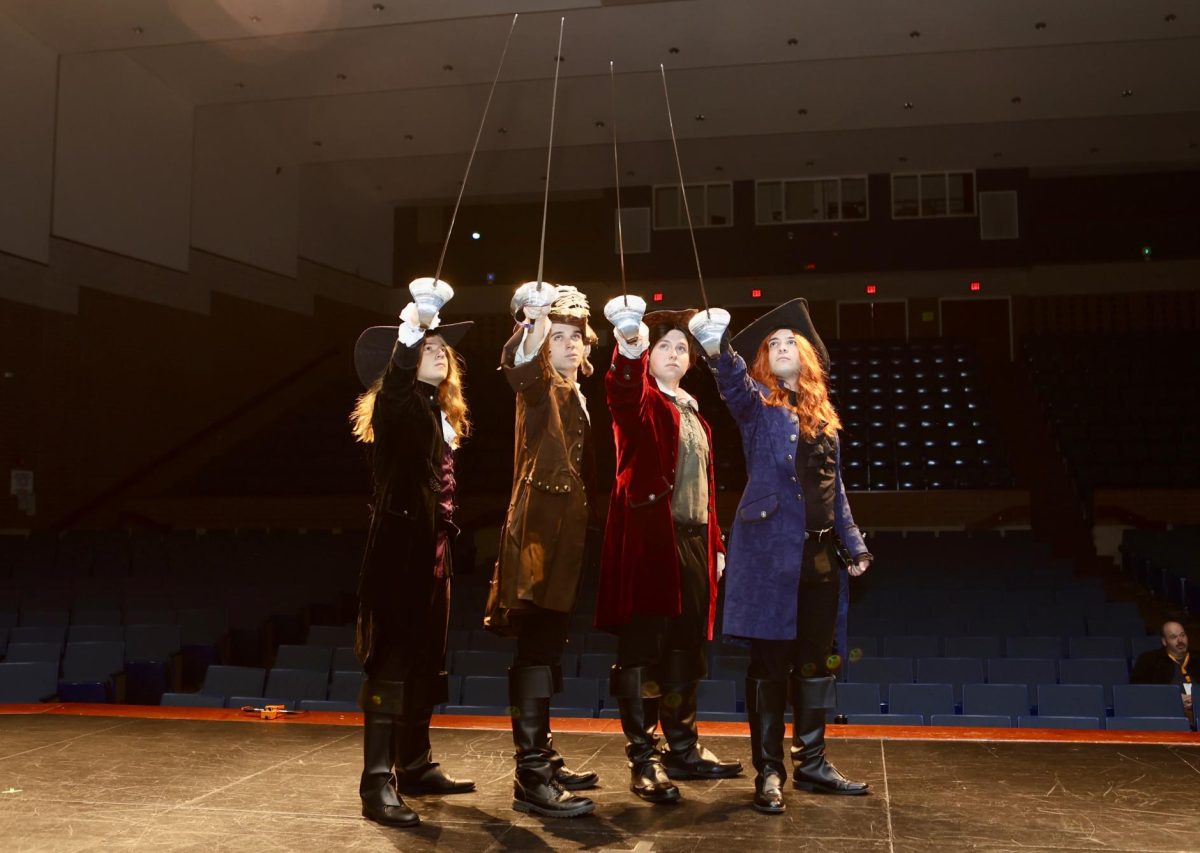Teachers and Students Reflect on Distance Learning Difficulties
June 10, 2020
By the time the 2019-20 school year ends, students and teachers at Monroe-Woodbury will have completed nearly three months of remote learning. The transition into remote learning, propelled by the COVID-19 epidemic, was a difficult adjustment for students and teachers alike. Teachers no longer have in-person contact with students, making it harder to hold students accountable for missing work.
“It is more difficult to connect with students as well as being difficult to know what is happening with them if they don’t do their work,” said Spanish teacher Mr. Ey.
In typical learning conditions, teachers can ask students why they have not been completing work. Due to online learning, teachers often may not immediately know why a student has not completed their work.
For students, online learning is both a blessing and a curse. Many students find that online learning puts less pressure on them than typical school.
“Outside of school is much less stressful,” said sophomore Daniel Winters. “I usually get a full week to do work and I can choose when I do it.”
Despite students finding this loose schedule less stressful, some point toward other issues arising from online learning. Needing to create a personal schedule to efficiently complete schoolwork was a leading concern among students.
“There’s nothing forcing you to do it,” said Jason Cole, “all of it’s on you.”
Although he finds online learning less stressful, Winters said “I find in-school learning more effective, as teacher’s instruction helps give me a better understanding of the lessons.”
Another difficulty resulting from digital teaching is that online resources integrated into the curriculum such as Castle Learning were not intended to be used in thousands of schools across the country.
“We began using the website Castle Learning and had a lot of issues with it,” said chemistry teacher Ms. Stinson.
Castle Learning experienced multiple crashes during the first week it was used by schools nation-wide, making it impossible for students to access assignments for hours at a time.
“They resolved the problems pretty quickly, but it was very frustrating at the beginning,” said Ms. Stinson.
Other teachers also expressed their concerns with the lack of human connection in online learning.
“The hardest thing was not having the human connection,” said Ms. Rivelli, an English teacher. “There are so many things that can’t be conveyed via a computer. I thrive on face-to-face interaction and it’s been very hard for me not to physically see my students.”
Ms. Rivelli also said that while some students have adjusted well to the learning, “it has created a very distant feeling.”
“I enjoy being able to have side conversations with students,” said Mr. Ey. “It helps create an atmosphere that gives me insights into how the student is feeling about the class and also helps me convey the message that I am interested in my students as people. That has been more difficult to do virtually.”
“Online teaching takes the best part of teaching away: interacting with students,” Ms. Stinson said.
In response to online learning, teachers have created new strategies to help their students. Ms. Rivelli said that she has attempted to have “lots of flexibility, compassion, and understanding,” trying to make her work “meaningful, digestible, and not overwhelming.”

